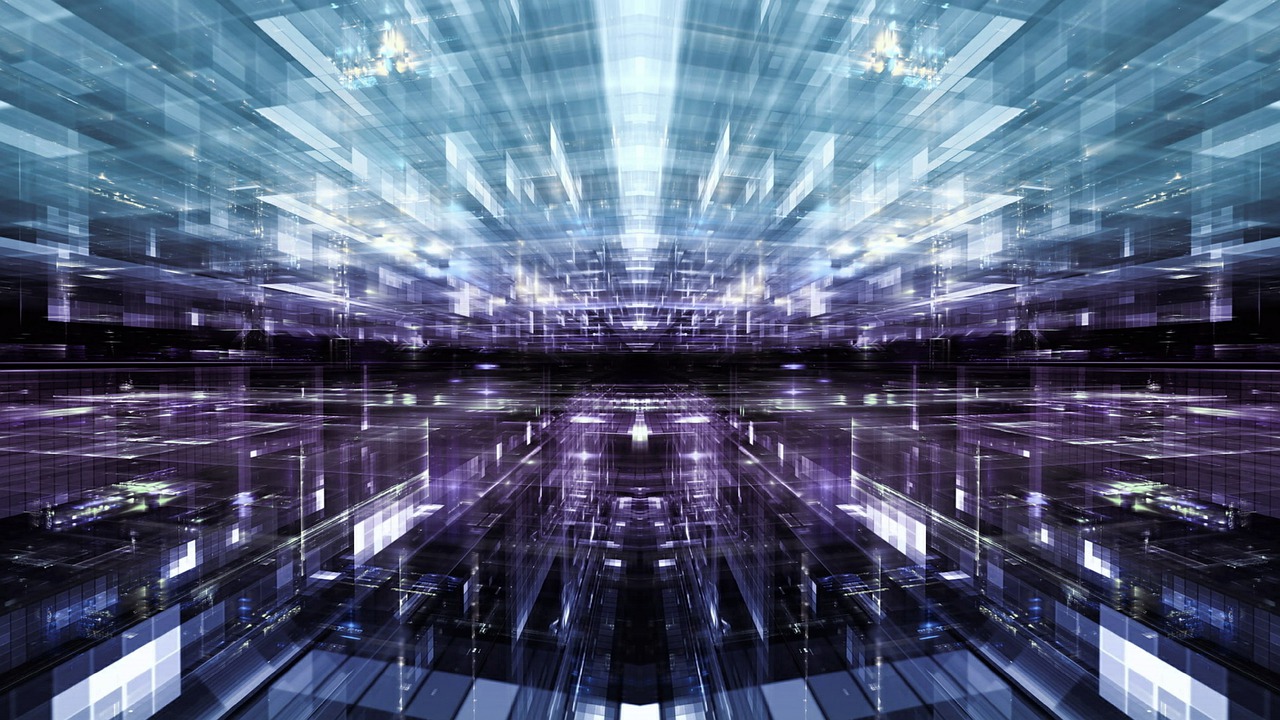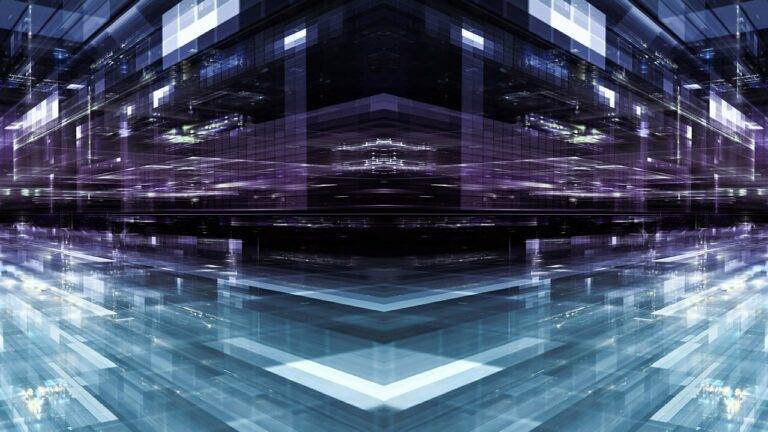Exploring the Use of AI in Predicting Natural Disasters
Early warning systems play a crucial role in mitigating the impact of natural disasters, such as earthquakes, tsunamis, hurricanes, and cyclones. By integrating AI technology into these systems, there is a tremendous potential to enhance prediction accuracy and provide timely alerts to at-risk populations. AI algorithms can analyze vast amounts of data from various sources, including satellite imagery, IoT sensors, and historical records, to identify patterns and signals that precede natural disasters.
One significant advantage of AI in early warning systems is its ability to continuously learn and improve its predictive capabilities over time. Machine learning algorithms can adapt to changing environmental conditions and incorporate real-time data to refine their models. This adaptability allows for more precise forecasting of natural disasters, enabling authorities to make better-informed decisions and allocate resources more efficiently in preparing for and responding to emergencies.
The Role of Machine Learning in Predicting Earthquakes and Tsunamis
Machine learning has emerged as a powerful tool in predicting earthquakes and tsunamis, offering new possibilities in early warning systems for these natural disasters. By analyzing vast amounts of data collected from various sources, machine learning algorithms can detect patterns and trends that may indicate potential seismic activity or tsunami formation.
One of the key advantages of using machine learning in earthquake and tsunami prediction is its ability to process large and complex datasets in real-time, enabling faster and more accurate forecasting. This enables authorities to issue timely warnings to at-risk populations, potentially saving lives and minimizing damage caused by these catastrophic events.
• Machine learning algorithms can analyze seismic data, weather patterns, and other relevant information to identify potential earthquake or tsunami threats
• Real-time processing of data allows for quick detection of anomalies that may signal an impending disaster
• Early warning systems powered by machine learning can provide crucial information to emergency responders and the public to take necessary precautions
How AI Can Improve Forecasting of Hurricanes and Cyclones
Accurate forecasting of hurricanes and cyclones is crucial in mitigating the devastating impact of these natural disasters. AI technologies have shown great promise in improving the precision and lead time of these forecasts. By analyzing vast amounts of historical data and real-time atmospheric conditions, AI algorithms can quickly identify patterns and predict the potential path and intensity of these tropical storms.
Machine learning models can process complex datasets at a speed and scale far beyond human capacity, enabling meteorologists to make more informed decisions in a timely manner. These AI-driven forecasting systems can provide valuable insights into the behavior of hurricanes and cyclones, helping authorities to take proactive measures to protect lives and properties in the affected regions. As AI continues to advance, its potential in enhancing the accuracy and reliability of forecasting these severe weather events is becoming increasingly evident.
How can AI improve forecasting of hurricanes and cyclones?
AI can analyze vast amounts of data and identify patterns that humans may overlook, leading to more accurate predictions of the path and intensity of hurricanes and cyclones.
What is the potential of AI in early warning systems for natural disasters?
AI can help create more efficient early warning systems by processing real-time data quickly and providing timely alerts to areas at risk of natural disasters such as hurricanes and cyclones.
What role does machine learning play in predicting earthquakes and tsunamis?
Machine learning algorithms can analyze seismic data and geological patterns to predict the likelihood of earthquakes and tsunamis, allowing authorities to take preventive measures and save lives.
How can AI technology be integrated into existing forecasting methods for natural disasters?
AI can complement traditional forecasting techniques by providing more accurate and timely predictions based on real-time data analysis, improving the overall effectiveness of early warning systems for hurricanes, cyclones, earthquakes, and tsunamis.





